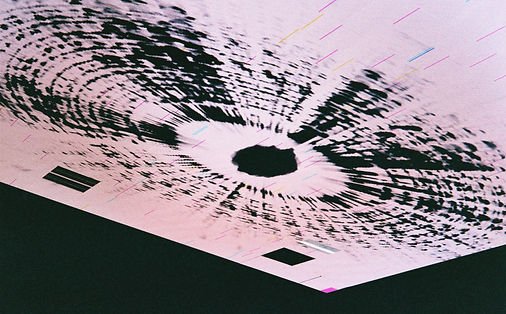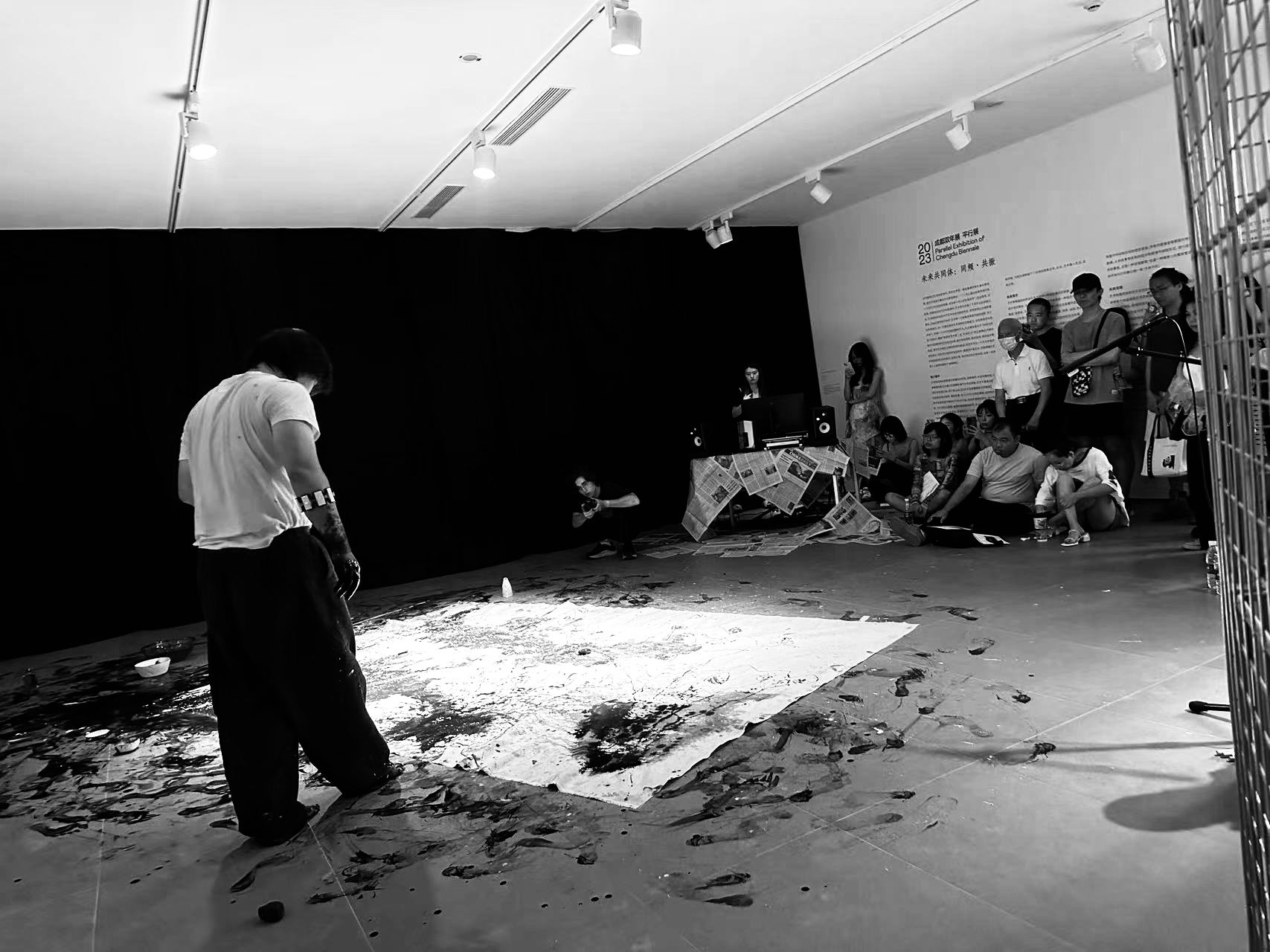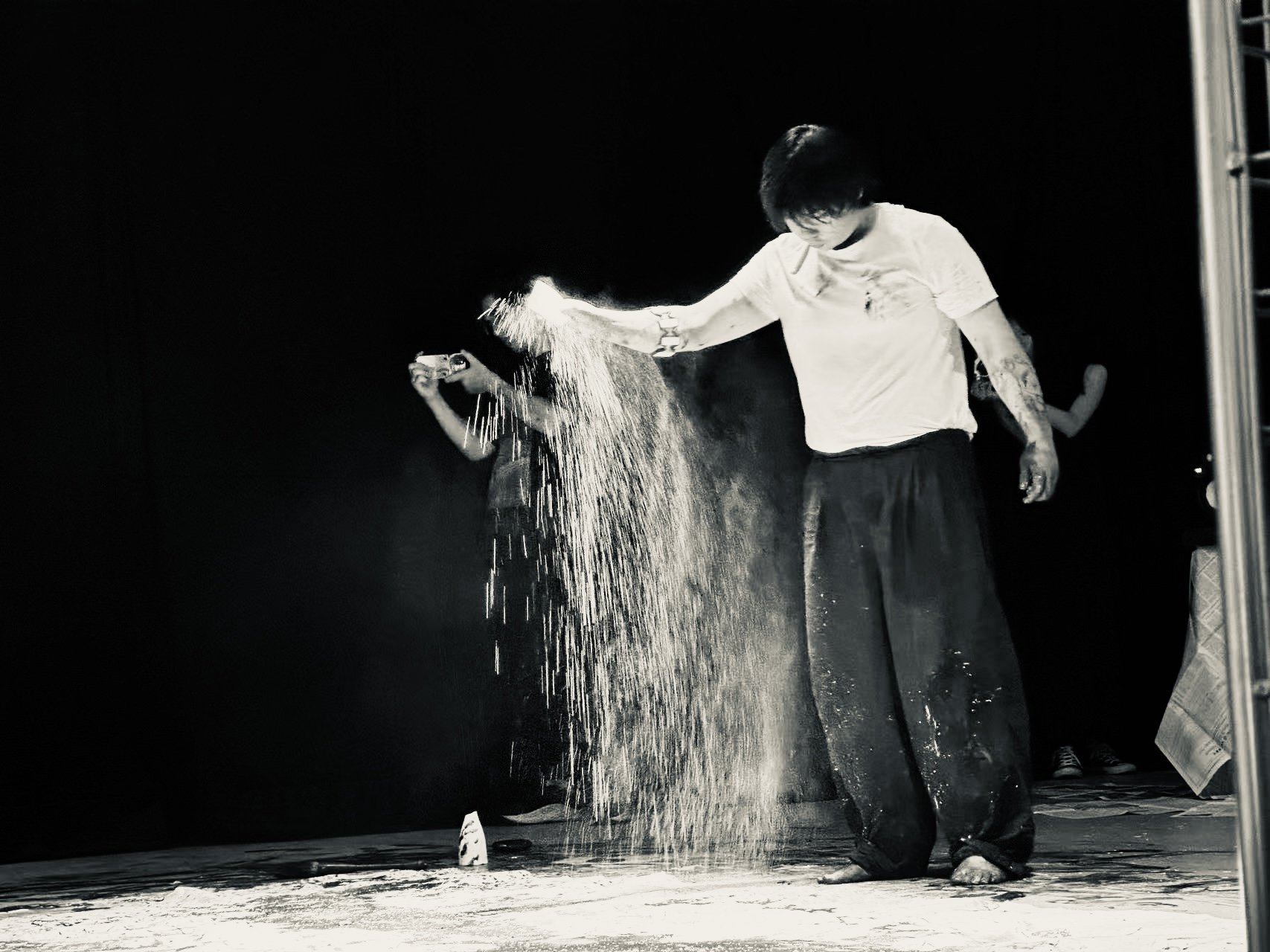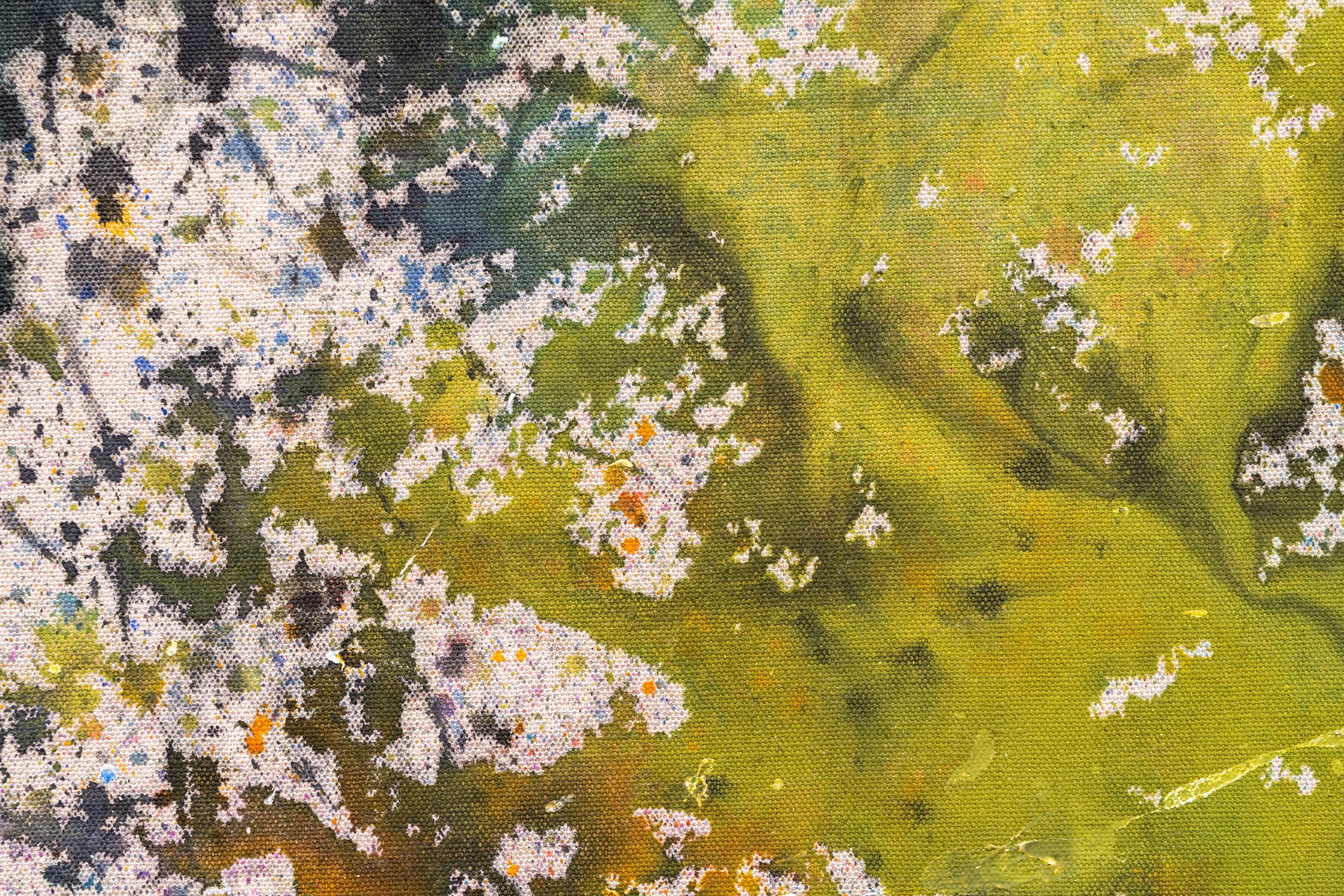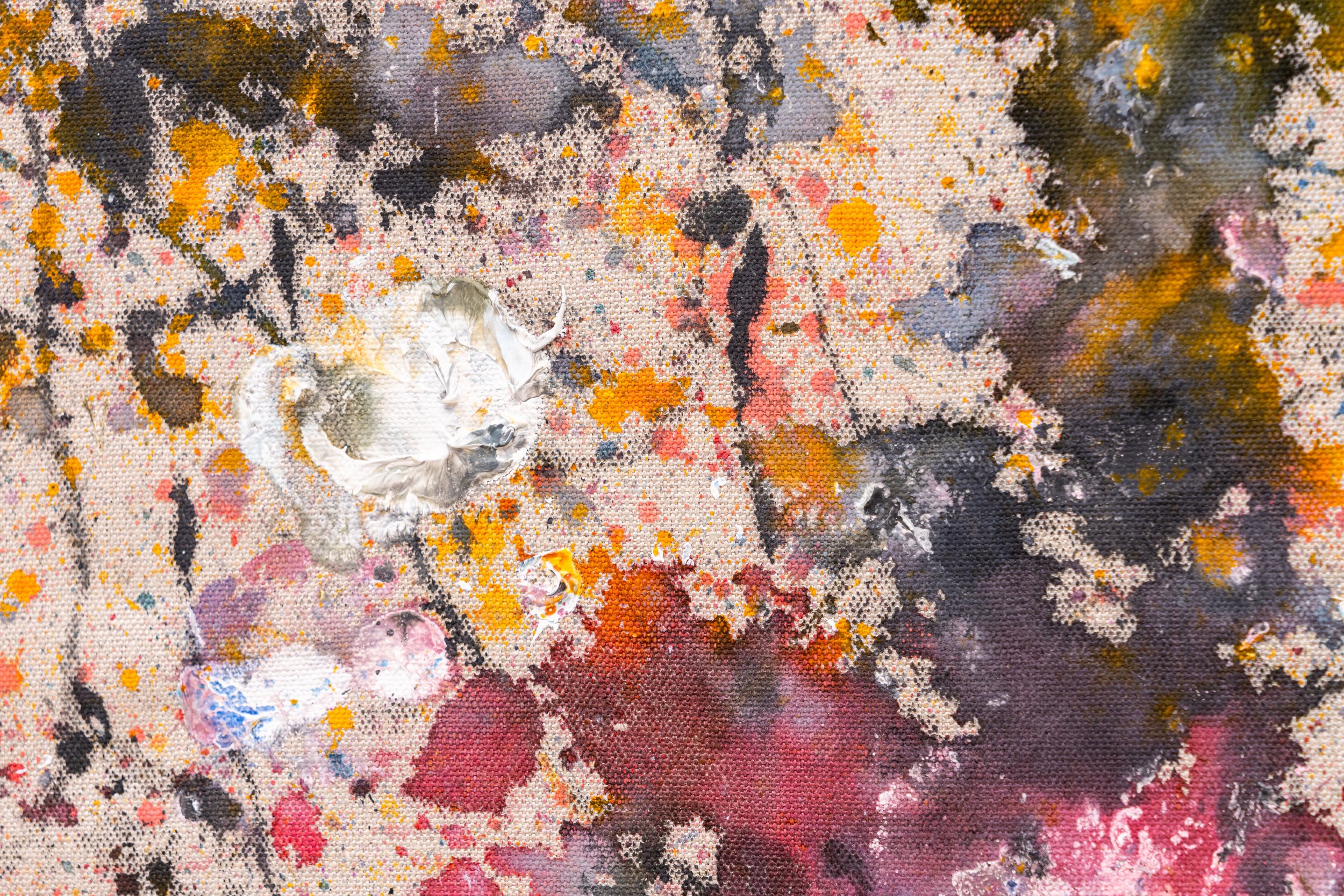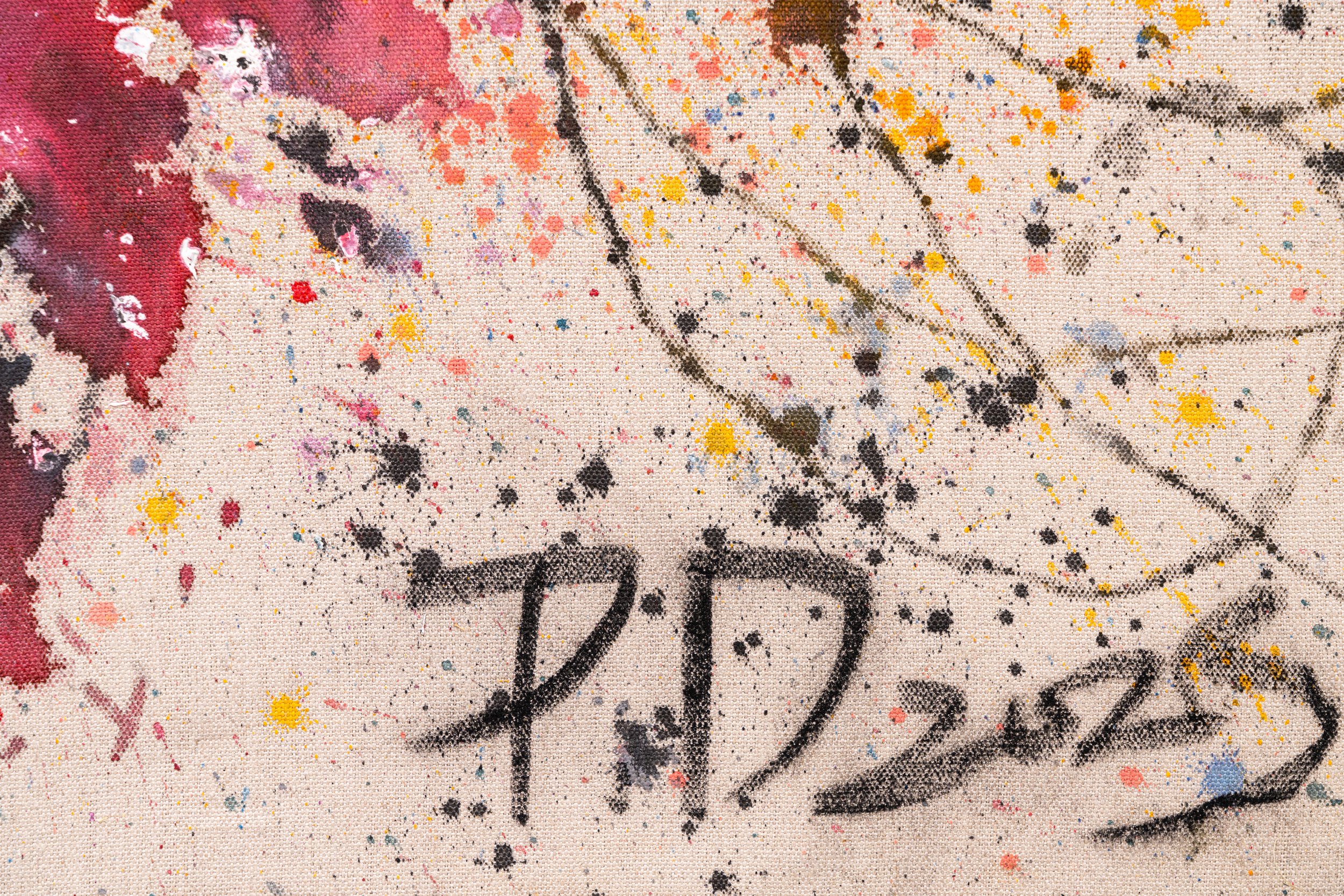Fusion and Diffusion:
Interactive Chan Space of Avant-Garde Ink Art
In today's era of evolving information technology, such as AI, AR, and VR, we believe that ink art's expression can be elevated beyond physical materiality and expand into spatial sensory media spaces with enhanced interactivity and immersion. Hence, our vision is to liberate ink from the confines of its medium, transforming it into an aesthetic concept that seamlessly integrates with digital technology, new media, dance, music, and various other art forms. This synthesis will give birth to a trans-media ink interactive space, where audiences can not only visually appreciate but also engage with ink aesthetics through all five senses. Meanwhile, the inherent characteristics of ink make it a natural conduit for expressing the philosophical concepts of emptiness, immediacy, and impermanence from Chan Buddhist philosophy, where its attributes of natural diffusion, fusion, and flow align harmoniously with these principles.
Case One
Ink Performance as Chan Practice
第一则
水墨行为即参禅
Chan, the Chinese translation of the Sanskrit word 'dyāna' (ध्यान) in Buddhism, encompasses various meditation systems, including concentration and mindfulness. It aids in contemplating impermanence, emptiness, and impurity, guiding towards uncovering fundamental truth. Chan involves cleansing the mind to understand the philosophy of emptiness. The practice of Chan emphasizes using the body to connect with the world, allowing for intuitive and spontaneous experiences of nature and the present moment, which pave the way to Enlightenment. The process of performing with ink resembles the practice of Chan meditation; the spontaneity of improvisation makes the flow of time a salient component of the art, helping us realize the transience of the present moment.
Case Two
Ink Beyond Ink: Multimedia Presentation of Ink
第二则
墨非墨:墨的多媒体交互呈现
Ink embodies the properties of natural diffusion and fusion, granting it the aesthetics of freedom, expressiveness, and simplicity. The unpredictable beauty of ink, as it freely merges with water and fuses into the paper, echoes the appreciation for the uncertainty of nature and the impermanence of the present moment in Chan philosophy. This connection aligns with impermanence in Buddhism, wuwei in Daoism, and the wabi-sabi aesthetics of Japanese Zen Buddhism. Beyond its materiality, ink serves as a cultural and philosophical symbol that encapsulates the philosophy of East Asia.
Therefore, we propose the idea of "Ink Beyond Ink," liberating ink from being a mere medium for plastic art to embracing cross-media and interdisciplinary expression. Ink beyond ink represents an aesthetic ideology for living in the present and appreciating nature as it is. When ink is freed from its physical medium, its expressiveness transcends all realms of artistic disciplines and practices.
Artist Xu Yuke's interactive multimedia installation, "One Bright Pearl," incorporates the software TouchDesign to visualize sound in real-time. The installation was first featured in the (((Time))) performance at an underground EDM club in Chengdu. Inspired by the story of "One Bright Pearl" in Shōbōgenzō, Yuke created an ink dot representing the pearl in the installation. This ink dot responds to sound from improvisational music performances and environmental sounds, diffusing according to the volumes and frequencies of the sound. As the singularity of the ink spreads and fills the space of emptiness, a new world is formed in the very present moment of the performance. The visualization of the unexpected and spontaneous present moment in "One Bright Pearl" brings the aesthetics of ink beyond ink to life. Ink is not just ink; it symbolizes a way of portraying our relationship with nature.
Case Three
Fusion and Resonance: "Time?..." Ink as a Sound Space
第三则
融合共振: “Time?...” 水墨即声音空间
In the creation of "Time…?", an hour is imbued with three subjective forms: painting, music, and the integration of both within an ink music space. The Myo Mapper sound device, worn by the ink artist Yuheng Deng, instantly transforms his movements and footsteps into bird-like sounds. During the painting process, the creation of dots, lines, and surfaces generates sounds through the interactive music device. These sounds are then incorporated into the musician's improvisational compositions using effects like Logic's piano software with filters, reverb, delay, pitch shifter, and more. Through interactive audio technology, we merge ink painting with music to convey the most immediate sensations of this hour in an improvisational manner. This marks the first attempt to realize the aesthetic of ink beyond ink in an interactive form of artistic expression. "Time...?" is the first experiential endeavor to actualize ink beyond ink aesthetics. The spontaneous improvisational interaction between painting and music showcases the potential of expressing ink's freedom in a multimedia format. In this context, music becomes painting, and painting becomes music. The artwork "Tempest" captures the real-time emotions of the artist as the work unfolds within the hour's frame.
Case Four
(((Time))):Ink as a Intermedia Interactive Space
第四则
融合扩散:(((Time))) 水墨即综合艺术交互空间
The performance (((Time))) fully embraced the core concept of "Ink Beyond Ink" and ventured into innovative territory in the realm of multimedia art within the ink space. Utilizing TouchDesign, we created a real-time interactive space that seamlessly merged painting, music, and multimedia electronic art. Additionally, the sounds generated by the audience's movements within the performance space were captured by microphones and visualized on LED screens in the form of diffusing ink dots that spread across the screen in response to changing volumes and frequencies. Everything within the space became an integral part of the artwork. Technology empowered us to unify creators and observers through these interactions. By breaking down the barriers between the audience and the creators, we are crafting an immersive ink space.









